Table of Contents
Combine practicality with adorable design by creating this delightful flower turtle pincushion. Perfect for sewers, quilters, and craft enthusiasts, this amigurumi turtle serves as both a functional pincushion and Flower Turtle a charming decoration for your crafting space. Measuring approximately 15 centimeters from head to back when completed, this turtle features a unique flower-shaped shell that makes it stand out from traditional pincushions. With this comprehensive guide, you’ll be able to crochet your own turtle pincushion even if you’re relatively new to amigurumi techniques.
Flower Turtle Materials and Tools Needed
Before beginning your turtle pincushion project, gather these supplies:
- Worsted weight cotton yarn (recommended: Schachenmayr SMC Catania yarn; 50g=125m)
- Main color for the turtle body
- Contrasting color for the flower shell (optional)
- 2.5 mm crochet hook
- 6 mm safety eyes or buttons
- Fiberfill stuffing
- Yarn needle for assembly
- Scissors
- Stitch markers (optional but helpful)
Flower Turtle Understanding Amigurumi Basics
This Flower Turtle uses standard amigurumi techniques, including:
- Working in continuous spiral rounds (not joining rounds)
- Magic ring start
- Single crochet stitches
- Increases (working 2 single crochets in one stitch)
- Decreases (working 2 stitches together)
Flower Turtle Creating the Turtle’s Head
The head gives your pincushion personality and character:
Round 1: Begin with a magic ring and work 6 single crochets into the center of the ring. Pull tight to close. Round 2: Increase in each stitch around by working 2 single crochets in each stitch (12 stitches total). Round 3: Work 1 single crochet in each stitch around, maintaining 12 stitches. Round 4: Work a pattern of 1 single crochet followed by an increase, repeated 6 times around (18 stitches). Round 5: Work a pattern of 2 single crochets followed by an increase, repeated 6 times around (24 stitches). Rounds 6-8: Work 1 single crochet in each stitch around for 3 rounds, maintaining 24 stitches. Round 9: Work a pattern of 2 single crochets followed by a decrease, repeated 6 times around (18 stitches). Rounds 10-11: Work 1 single crochet in each stitch around for 2 rounds, maintaining 18 stitches. Round 12: Work a pattern of 1 single crochet followed by a decrease, repeated 6 times around (12 stitches).
At this point, attach safety eyes (6 mm black eyes work well) and begin stuffing the head with fiberfill.
Rounds 13-16: Work 1 single crochet in each stitch around for 4 rounds, maintaining 12 stitches.
Add more stuffing if necessary, but avoid overstuffing. Flatten the opening and sew or crochet the edges together to close. Weave in loose ends to secure.
Flower Turtle Forming the Front Legs
Make two identical front legs:
Round 1: Begin with a magic ring and work 6 single crochets into the center. Pull tight to close. Round 2: Increase in each stitch around (12 stitches). Round 3: Work a pattern of 1 single crochet followed by an increase, repeated 6 times around (18 stitches). Rounds 4-6: Work 1 single crochet in each stitch around for 3 rounds, maintaining 18 stitches. Round 7: Decrease 4 times, then work 10 single crochets (14 stitches). Round 8: Work 1 single crochet in each stitch around (14 stitches). Round 9: Work 2 single crochets, decrease twice, then work 8 single crochets (12 stitches). Rounds 10-12: Work 1 single crochet in each stitch around for 3 rounds, maintaining 12 stitches.
Add a small amount of stuffing, then flatten the opening and sew or crochet the edges together. Weave in ends to secure. Repeat the entire process to create the second front leg.
Flower Turtle Crafting the Back Legs
Make two identical back legs:
Round 1: Begin with a magic ring and work 6 single crochets into the center. Pull tight to close. Round 2: Increase in each stitch around (12 stitches). Round 3: Work a pattern of 1 single crochet followed by an increase, repeated 6 times around (18 stitches). Round 4: Work 1 single crochet in each stitch around (18 stitches). Round 5: Work a pattern of decrease followed by 7 single crochets, repeated twice (16 stitches). Round 6: Work a pattern of decrease followed by 6 single crochets, repeated twice (14 stitches). Rounds 7-8: Work 1 single crochet in each stitch around for 2 rounds, maintaining 14 stitches.
Add a small amount of stuffing to give the leg shape.
Round 9: Work a pattern of decrease followed by 5 single crochets, repeated twice (12 stitches). Round 10: Work a pattern of decrease followed by 4 single crochets, repeated twice (10 stitches). Rounds 11-12: Work 1 single crochet in each stitch around for 2 rounds, maintaining 10 stitches.
Flatten the opening and sew or crochet the edges together. Weave in ends to secure. Repeat to create the second back leg.
Flower Turtle Creating the Flower Shell Base
The unique shell consists of two hexagonal pieces that form the top and bottom of the pincushion. Make two identical pieces:
Round 1: Begin with a magic ring and work 6 single crochets into the center. Pull tight to close. Round 2: Increase in each stitch around (12 stitches). Round 3: Work a pattern of increase followed by 1 single crochet, repeated 6 times around (18 stitches). Round 4: Work a pattern of increase followed by 2 single crochets, repeated 6 times around (24 stitches). Round 5: Work a pattern of increase followed by 3 single crochets, repeated 6 times around (30 stitches). Round 6: Work a pattern of increase followed by 4 single crochets, repeated 6 times around (36 stitches). Round 7: Work a pattern of increase followed by 5 single crochets, repeated 6 times around (42 stitches). Round 8: Work a pattern of increase followed by 6 single crochets, repeated 6 times around (48 stitches). Round 9: Work a pattern of increase followed by 7 single crochets, repeated 6 times around (54 stitches). Round 10: Work a pattern of increase followed by 8 single crochets, repeated 6 times around (60 stitches). Round 11: Work a pattern of increase followed by 9 single crochets, repeated 6 times around (66 stitches).
Note: Unlike traditional amigurumi circles where increases are typically distributed evenly around each round, this pattern intentionally places increases at the beginning of repeat sequences to create a hexagonal shape that resembles a flower when complete.
Flower Turtle Final Assembly and Finishing Touches
Now it’s time to bring all components together to create your flower turtle pincushion:
- Take one hexagonal shell piece and position it flat with the right side facing up.
- Arrange the head and four legs in their appropriate positions around the edge of the hexagon. The head should be centered on one side, with two front legs positioned on either side of the head. The two back legs should be placed toward the opposite side of the hexagon.
- Secure each component in place with pins or temporary basting stitches.
- Using your yarn needle and matching yarn, sew each component firmly to the edge of the hexagon. Make sure to sew through multiple stitches to ensure a secure attachment.
- Fill the center of the hexagon with polyester fiberfill, creating a cushioned area for pins.
- Position the second hexagonal piece on top, with wrong sides together.
- Sew around the edge, joining the two hexagonal pieces together while leaving the attached limbs and head exposed.
- Add any additional details you desire, such as embroidered eyes if you didn’t use safety eyes, or a small tail at the back between the rear legs.
Customization Ideas for Your Turtle Pincushion
While the basic pattern creates a charming turtle pincushion, you can personalize your creation:
- Use contrasting colors for the top and bottom shell pieces to enhance the flower appearance
- Add embroidered details like a smiling mouth or rosy cheeks
- Create a family of turtles in different sizes by adjusting your hook size and yarn weight
- Embroider flower patterns on the top shell piece for added detail
- Add a loop of yarn or ribbon to create a hanging pincushion
Practical Uses for Your Turtle Pincushion
Your completed flower turtle pincushion serves multiple purposes:
- A functional pincushion for your sewing table
- A cute desk accessory that keeps pins and needles organized
- A thoughtful handmade gift for crafty friends
- A decorative item for craft room display
- A teaching tool for demonstrating basic amigurumi techniques
Care and Maintenance
To keep your turtle pincushion looking its best:
- Spot clean with a damp cloth and mild soap if needed
- Allow to air dry completely if it becomes wet
- Keep in a dry place to prevent mildew
- If pins become difficult to insert, gently massage the cushion to redistribute the stuffing
Check this out :Crocheting a Classic Striped Teddy Bear Amigurumi
The Joy of Functional Amigurumi
Your flower turtle pincushion represents the perfect marriage of function and whimsy. Unlike many amigurumi projects that are purely decorative, this turtle serves a practical purpose while still bringing charm and character to your crafting space.
The hexagonal shell design creates a distinctive flower-like appearance that sets this pincushion apart from traditional options. The generous surface area provides ample space for pins and needles, while the cute turtle details make it a conversation piece in any sewing room.
Creating functional items like this pincushion allows you to incorporate more handmade elements into your daily life. Each time you reach for a pin, you’ll be reminded of the satisfaction that comes from making something both useful and adorable with your own hands.
Whether you’re an experienced amigurumi artist or relatively new to the craft, this turtle pincushion project offers a gratifying experience with practical results. The combination of basic techniques and thoughtful design creates a finished piece that perfectly balances cuteness with utility.
As you display your completed turtle pincushion in your crafting space, take pride in having created something that brings both joy and function to your creative environment. The skills you’ve practiced—from even tension to assembly techniques—will serve you well in future projects, while your charming turtle companion keeps your pins organized and your creativity inspired.


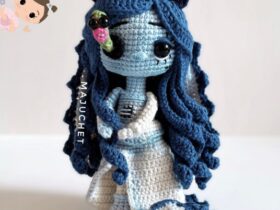
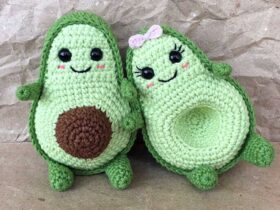
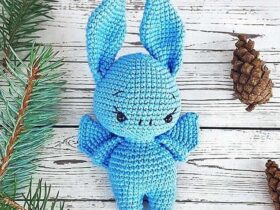
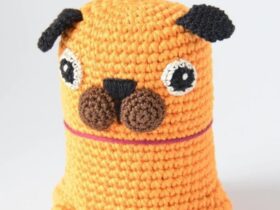
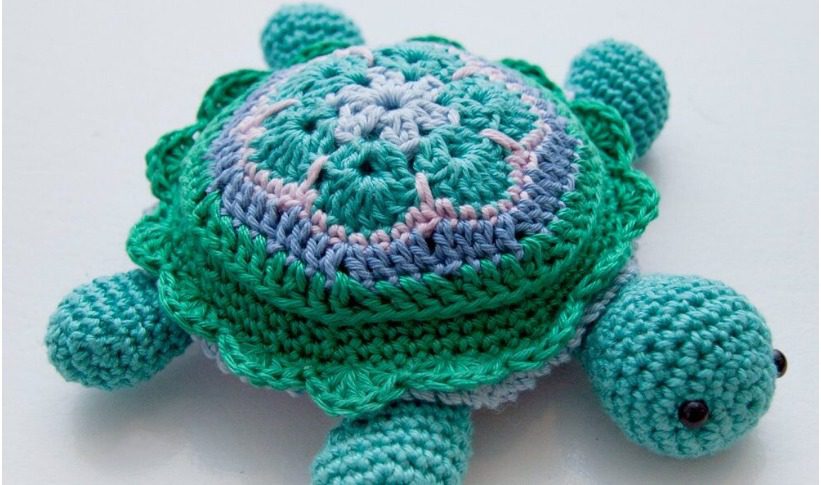
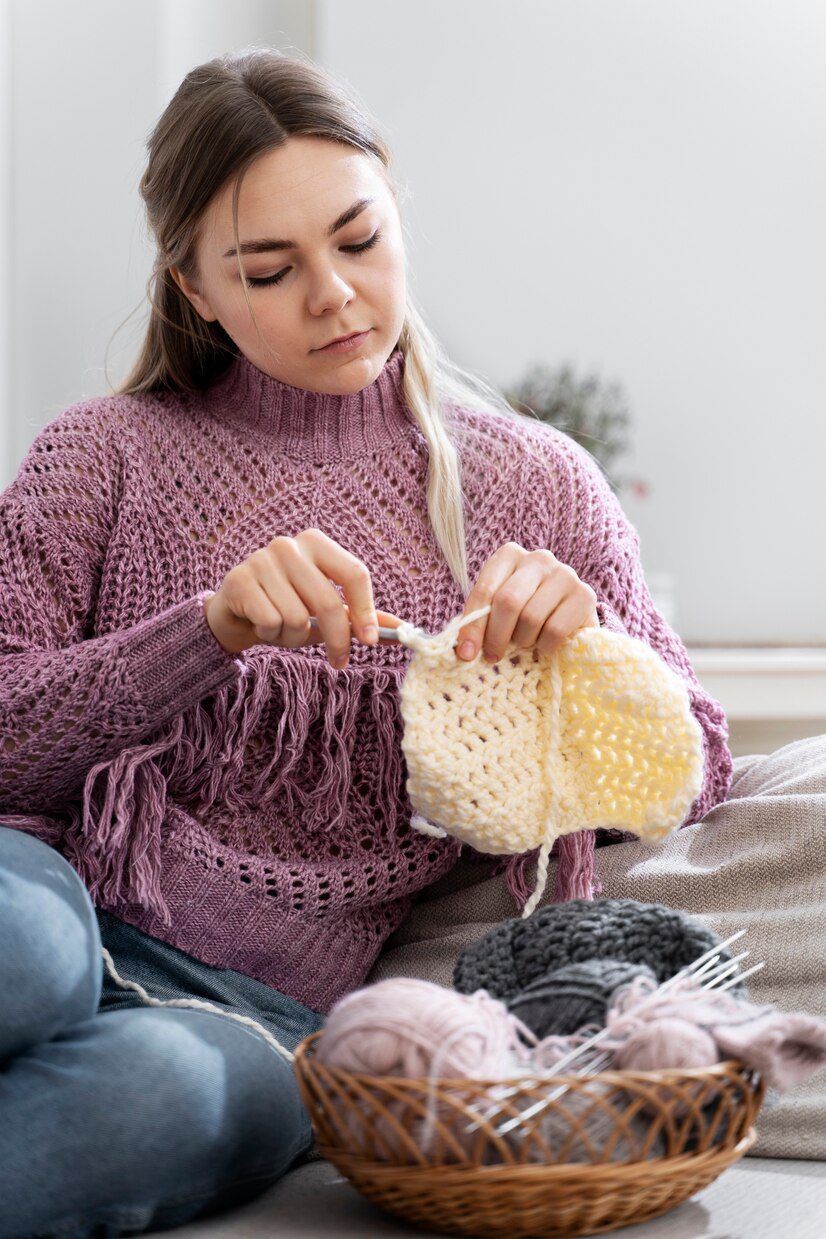

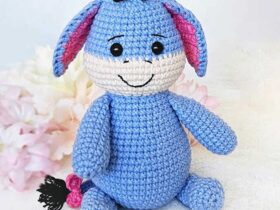
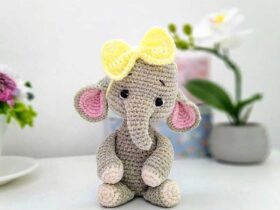
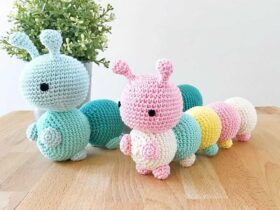
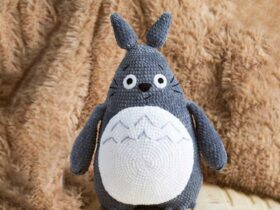
Leave a Reply